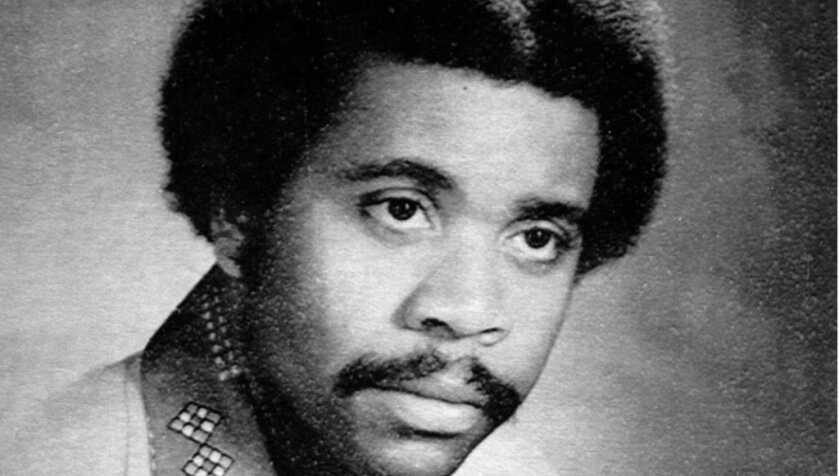
David Augustus Burke was born in 1952 to Jamaican parents living in the UK. At some point, Burke’s family moved to the United States. He eventually took a job with USAir in Rochester, New York.

Though popular with his co-workers, Burke had a penchant for violence and a mean temper. These things always seem obvious in retrospect, but David Burke was also a dangerously self-centered opportunist. Though he never married, he fathered seven children by four women. Apparently, nobody could stand living with the guy for very long.

While working for USAir, Burke purportedly used his Jamaican contacts to smuggle cocaine in from the islands through Rochester via the airline. Though he was never formally charged, this episode hopelessly sullied his reputation in New York. After 14 years in Rochester, Burke moved to Los Angeles to start afresh.
The Setting
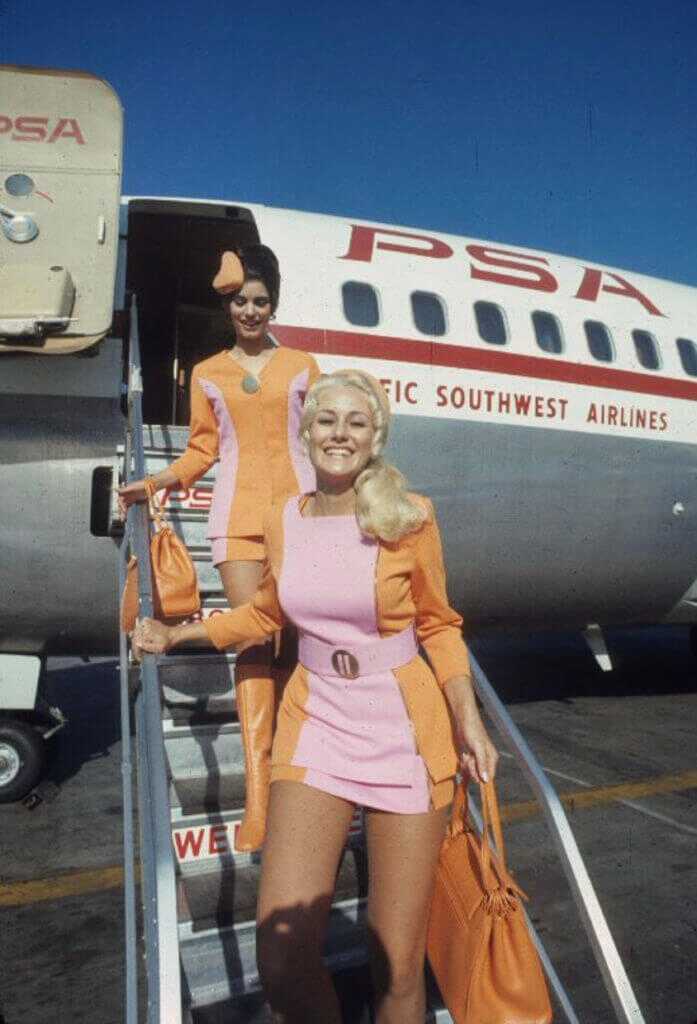
Burke got a job with Pacific Southwest Airlines (PSA) in short order. USAir had recently purchased PSA, so Burke knew the system. In 1987 Burke was working as a ticketing agent with the airline.
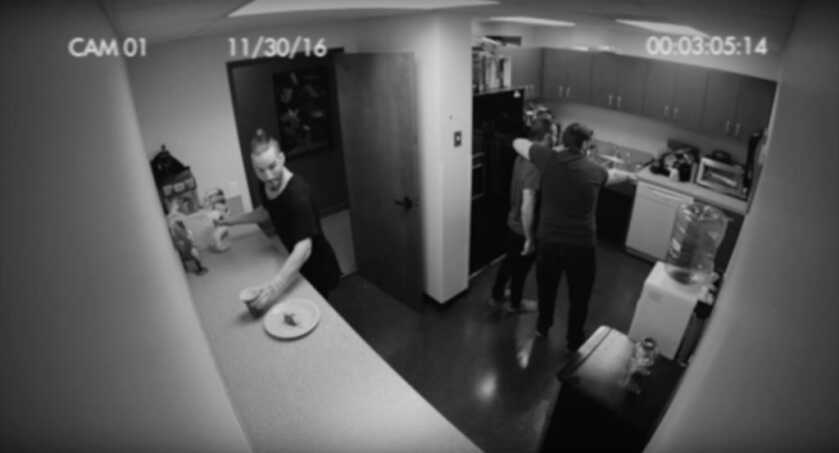
Everybody likes money, and few people ever feel like they have enough. In Burke’s capacity as a ticket agent, he also helped manage the receipts from the cash transactions from these commuter flights. This meant that modest amounts of cash passed through his hands on a daily basis. $69 turned up missing, and Burke was caught on a surveillance camera taking it.

After an appropriate investigation, David Burke was fired for theft. He had an impassioned meeting with his boss, Ray Thomson, wherein he attempted to gain reinstatement. However, the evidence was compelling, and rumors of his involvement with the Rochester drug ring had filtered over to the West Coast by then as well. David Burke was toast.
Background
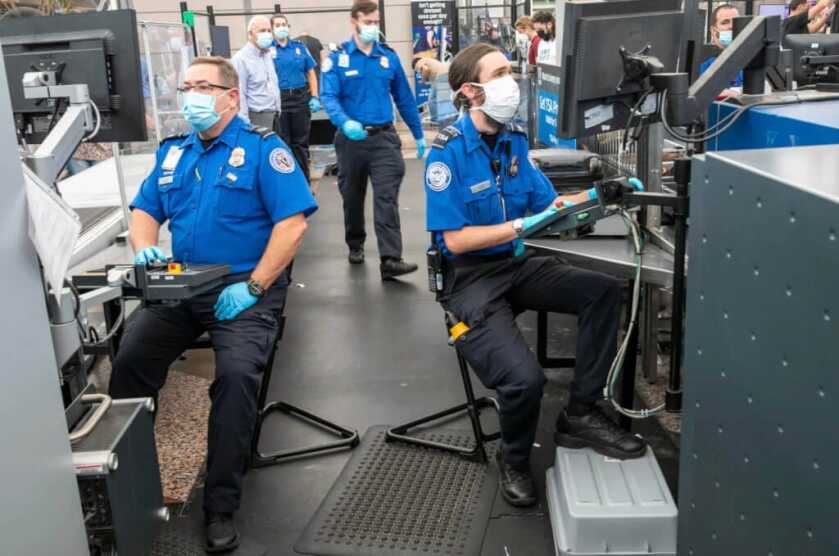
Security, particularly in airports, is an illusory thing. The Transportation Safety Administration posts photos of the weapons confiscated at American airports on their website. Many of them are admittedly fairly egregious. Swords, hatchets, demilled military ordnance, and handguns by the hundreds make the wall of shame. However, these are not typically wielded by bloodthirsty terrorists bent on destruction. The vast majority of the people trying to carry stuff like that onto airplanes are either stupid or forgetful.
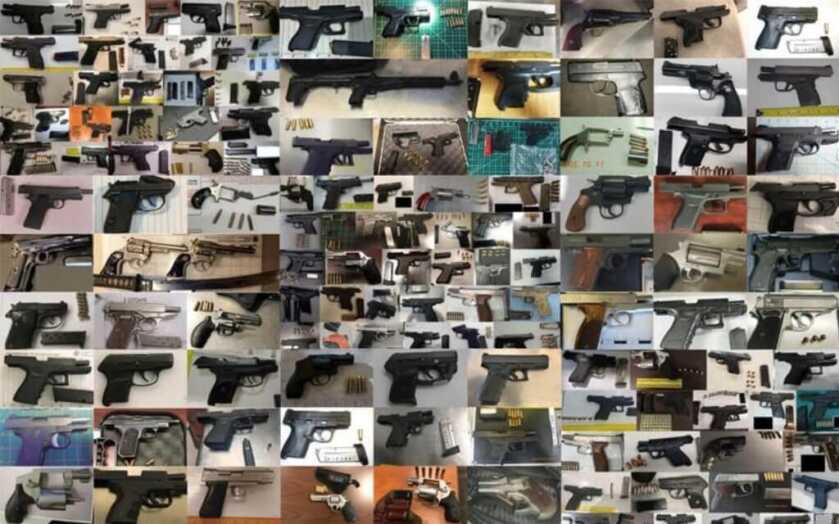
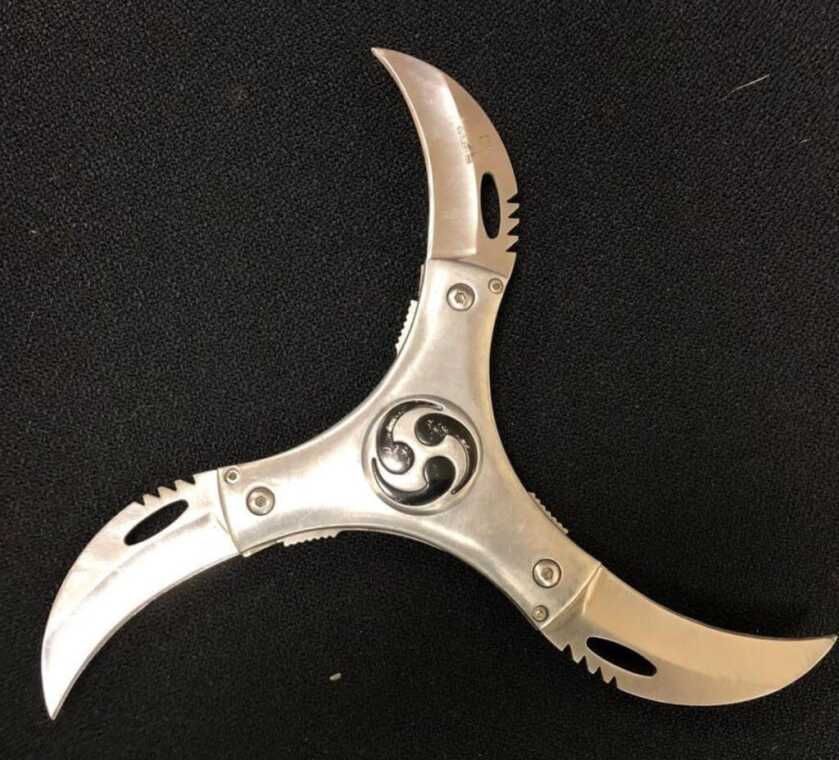
Everybody by now should appreciate that you cannot get onto a modern commercial airplane with a machete in your carry-on. However, I carry a gun every time I’m not asleep or in the shower. In America, I have plenty of company. That’s one of several reasons why my tiny little Southern town is very, very safe. A certain small percentage of folks like me simply forget to leave their guns at home until it is too late. While I’m sure the TSA nails the occasional rare genuine terrorist, most folks caught with guns in American airports are simply inattentive. On December 7, 1987, however, David Burke was not one of those people.
The Approach
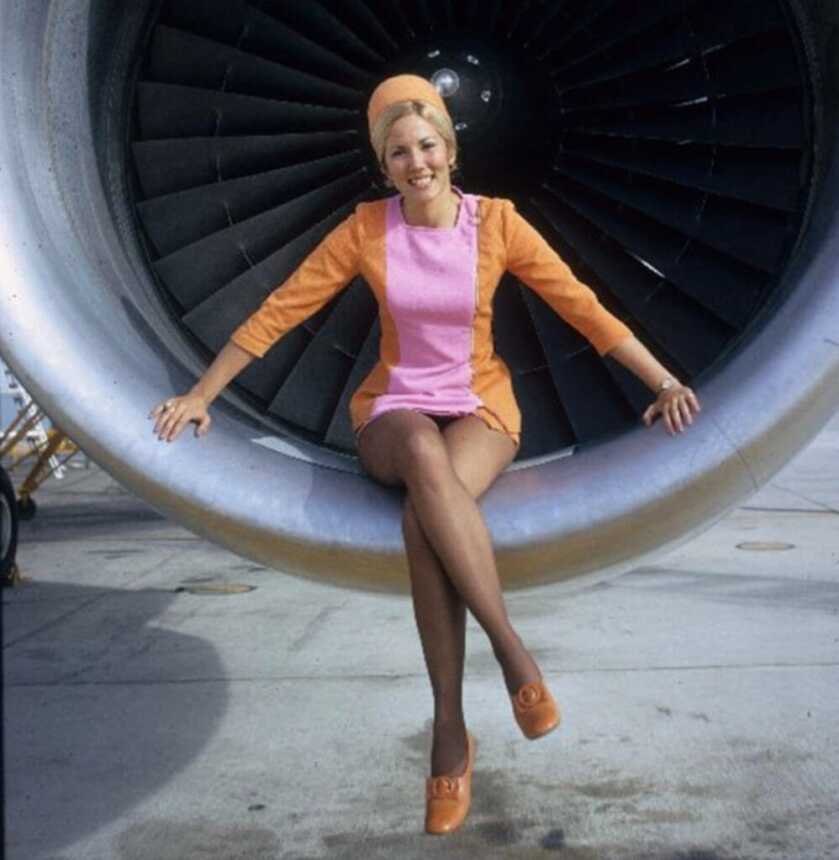
Burke and Thomson’s daily lives orbited around the airline. Though he worked at Los Angeles International Airport (LAX), Ray Thomson actually maintained his home in San Francisco. PSA ran a daily flight between the two cities, and Thomson typically commuted aboard the plane every day to get to and from his workplace. This flight lasted about 72 minutes. Additionally, David Burke was a familiar face to the flight crews, maintenance staff, and security personnel. That becomes pertinent in a minute.

David Burke planned his crime in shocking detail. In the days immediately following his dismissal he still retained his airline credentials. Though Burke apparently did not himself own a gun, he approached a coworker and borrowed a Smith and Wesson Model 29 .44 Magnum revolver along with a handful of cartridges. Using his familiarity with the system and security measures around LAX, Burke cleared the obligatory security checkpoint without having his carry-on bag searched.

The final impediment to his gaining entrance to the airplane in question, a British Aerospace 146-200A titled The Smile of Stockton, was a locked crew door. Unfortunately, the access code that deactivated the lock was scratched into the paint above the panel. With minimal effort, David Burke had gotten aboard the plane with his borrowed weapon intact. Also onboard were another thirty-seven passengers and five crewmembers. Among those thirty-seven passengers was Burke’s manager, Ray Thomson.
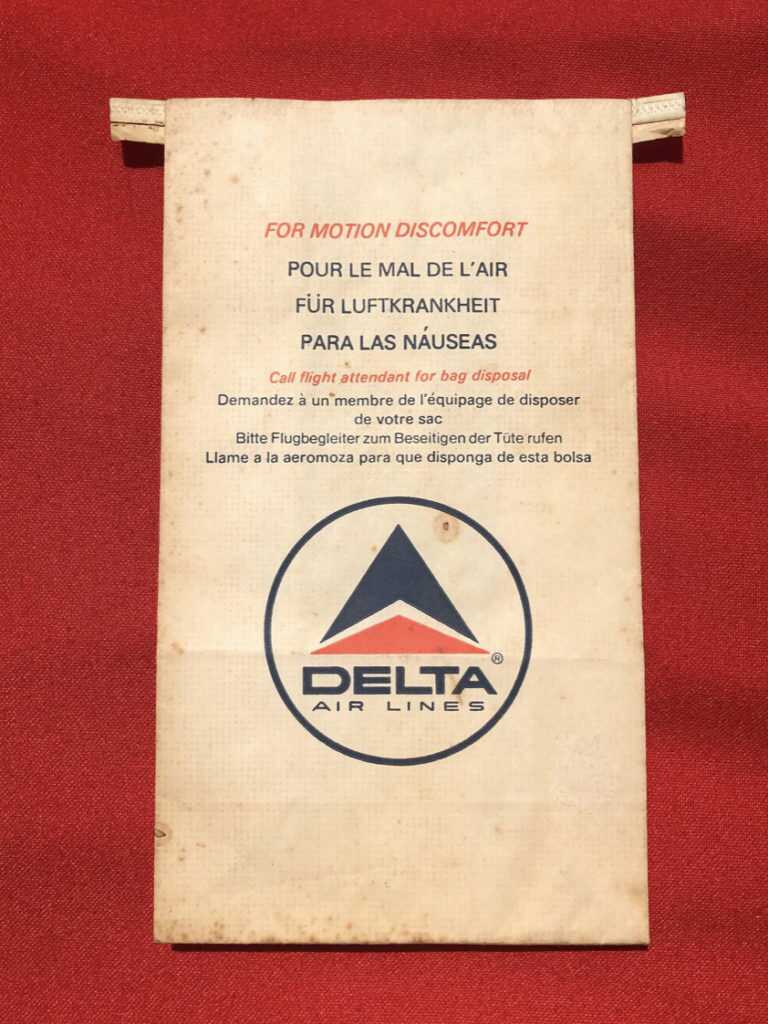
The specifics of what happened next are drawn predominantly from conjecture and a subsequent forensic analysis. Apparently once Burke got settled into the airplane he wrote a note on an airsickness bag that said, “Hi Ray. I think it’s sort of ironical that we end up like this. I asked for some leniency for my family. Remember? Well, I got none and you’ll get none.”
The Crime
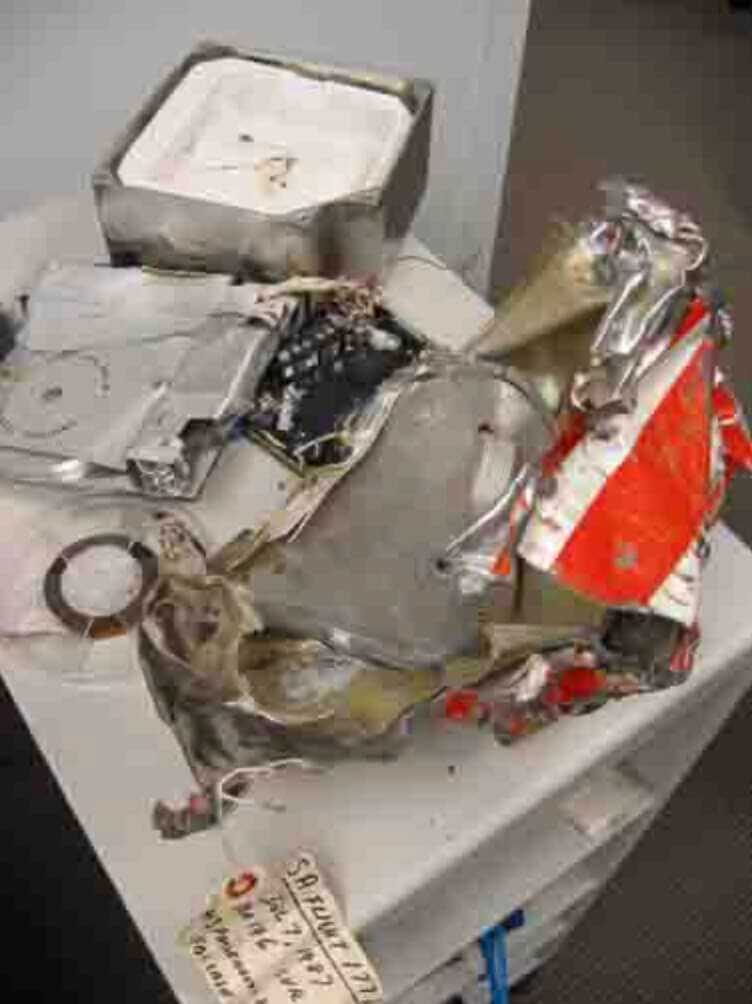
A detailed analysis of information taken from the Cockpit Voice Recorder (CVR) showed that someone, presumably Burke, entered the airplane’s forward lavatory. It is assumed that Burke used the opportunity to retrieve his revolver. This delay should also have given Thomson a chance to read the note scribbled on the airsickness bag. Burke then apparently approached Thomson while he was seated and shot him twice from the front. Thomson’s seat was never identified, but the seat behind him was known to be vacant. It was recovered bearing two bullet holes. Apparently, the powerful .44 Magnum rounds passed through Thomson, his seat, and the next seat behind as well.
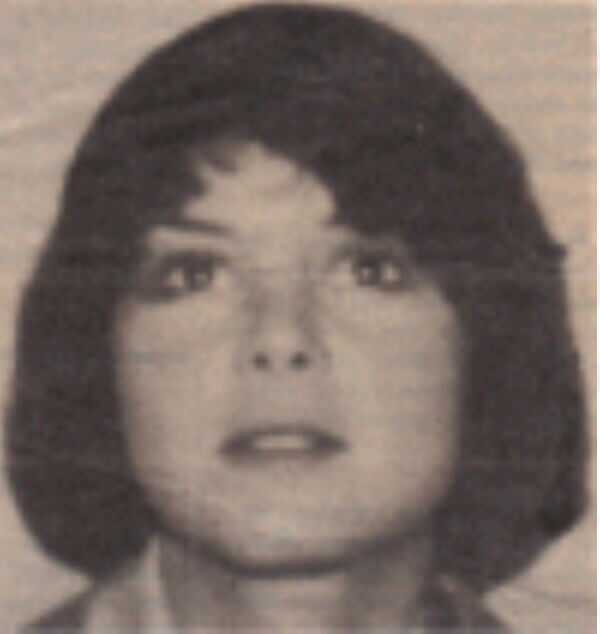
It would seem at this point pandemonium ensued. The First Officer reported to air traffic control that a firearm had been discharged on board the airplane. This was the crew’s last transmission. According to the CVR the flight attendant, Deborah Neil, opened the cockpit door and shouted, “We have a problem!”
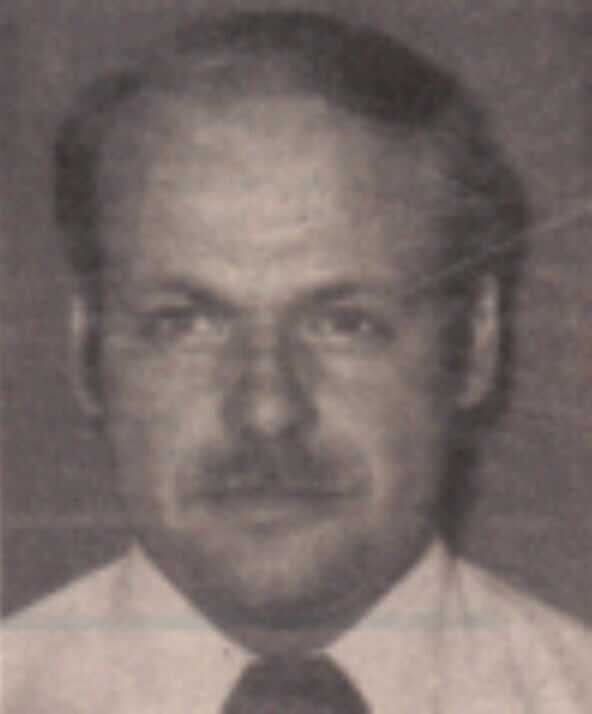
The pilot-in-command of the aircraft, Captain Gregg Lindamood, then asked, “What’s the problem?” The feed from the CVR then records David Burke responding cryptically, “I’m the problem.” There followed two more gunshots.
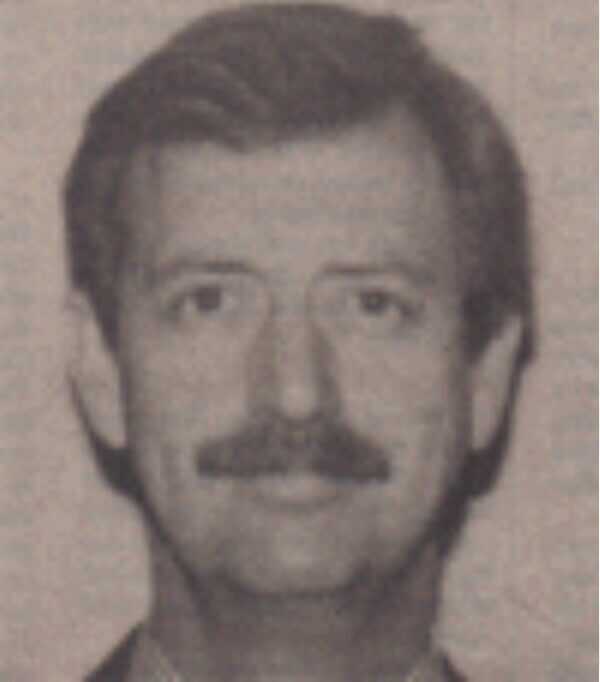
Burke apparently shot each of the flight officers once. The sound of a final gunshot was also captured on the CVR. This likely represented Burke’s shooting Douglas Arthur, PSA’s chief pilot in Los Angeles who was aboard the plane as a passenger. It is suspected that he was killed trying to get into the cockpit to save the aircraft.
The Gun
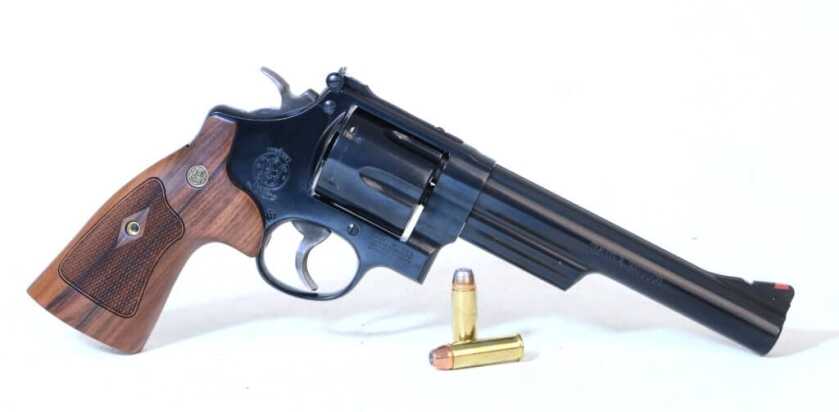
Call me a heretic if you must, but I think the Smith and Wesson Model 29 .44 Magnum revolver is kind of ridiculous. Inspired by the esteemed gun writer Elmer Keith, the .44 Magnum round was originally intended for hunting and defense against dangerous game. In 1955 Smith and Wesson launched an N-frame revolver chambered for this manly cartridge. Two years later they adopted the formal designation Model 29. At the time the Model 29 was indeed the most powerful production handgun in the world. There the weapon languished.
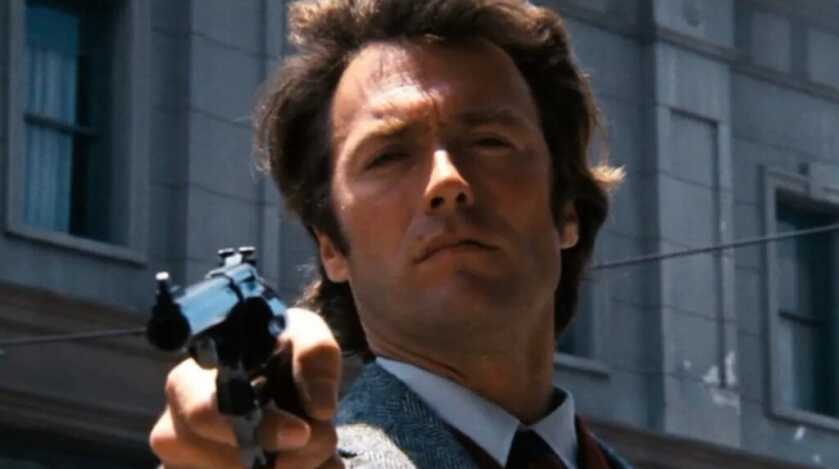
In 1971 Clint Eastwood introduced the American public to Dirty Harry Callahan. A truly hard-core cop and all-around bad man, Dirty Harry packed a Model 29 .44 Magnum with a six-inch barrel in a shoulder holster. In a country awash in real crime, Harry’s exploits stopping criminals on the big screen by any means necessary resonated. Gun shops couldn’t keep the Model 29 in stock.

I own one of these guns myself, and I don’t much care for it when stoked with full-power .44 Magnum rounds. Recoil and muzzle blast are prodigious, though the downrange performance of the .44 Magnum cannot be disputed. I killed my first whitetail wielding a Ruger rifle in this caliber. However, the Model 29 will also fire lower-powered .44 Special rounds that are pure joy on the range. Regardless of your position on magnum revolvers, the Model 29 is undeniably rugged, beautiful, and accurate.
The Rest of the Story
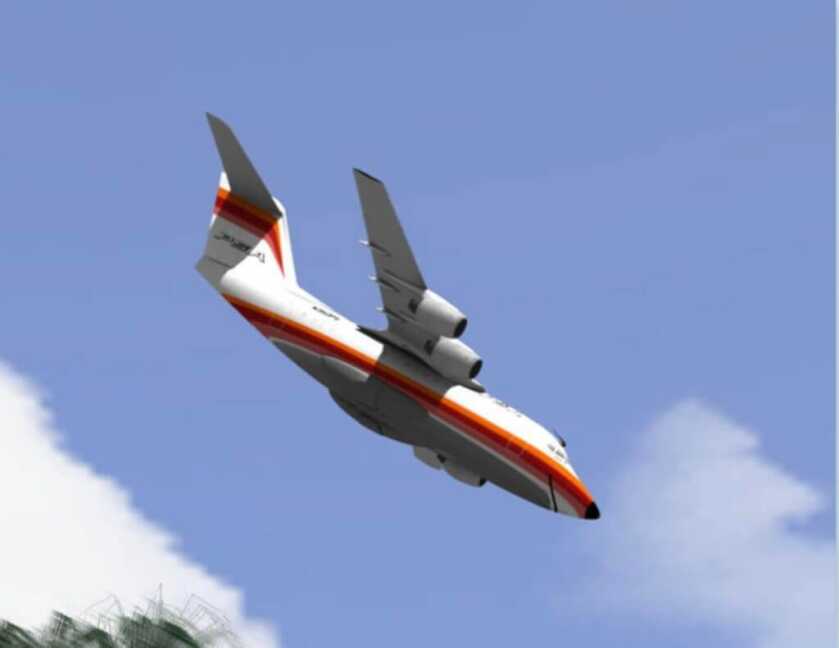
The Flight Data Recorder (FDR) showed that the control column was pushed far forward. Investigators suspected that either Burke had shoved it forward or one of the pilots had slumped against it. This sordid episode began at 22,000 feet. By the time the plane impacted the ground, it was traveling 770 miles per hour or slightly faster than sound. The aircraft struck a rocky hillside at a 70-degree nose-low attitude.
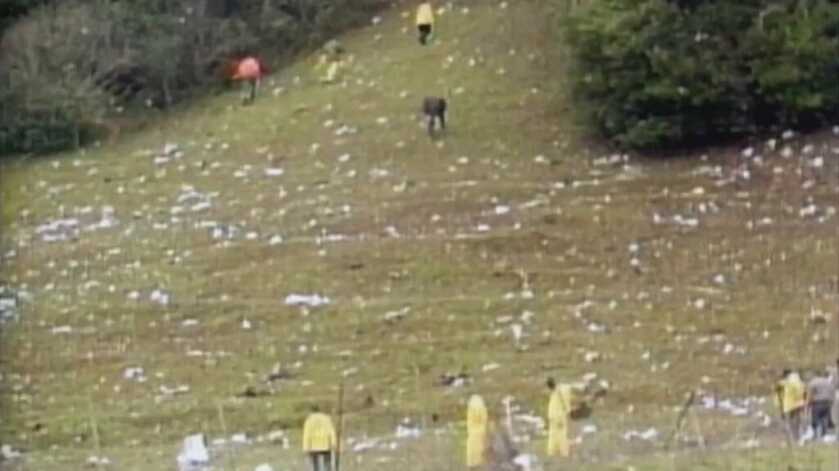
The impact area was pure stone. The massive screaming aircraft left a crater a mere two feet deep and four feet across. The decelerative force produced by the crash was on the order of 5,000 G’s. The end result was simply a mess. Everyone obviously perished. Only eleven passengers were ever positively identified.
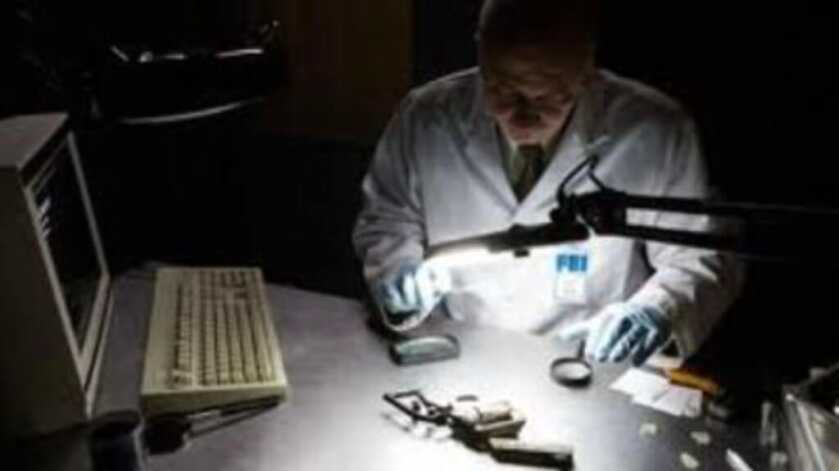
Amidst what little was identifiable from the plane was found the remains of a .44 Magnum revolver with a fragment of fingertip still in the trigger guard. The weapon contained six fired cartridge cases. The FBI was able to retrieve a partial fingerprint from the fragment that was positively identified as that of David Burke. It was therefore assumed that Burke had not shot himself but was rather alive and still holding the gun at the moment of impact. The details are all conjecture.

Investigators recovered the airsickness bag with the note and subsequently discovered a farewell message Burke had left on his girlfriend’s answering machine. Also killed in the crash were James Sylla, the CEO of Chevron USA, along with three other senior Chevron executives. Three executives of Pacific Bell died in the crash as well.
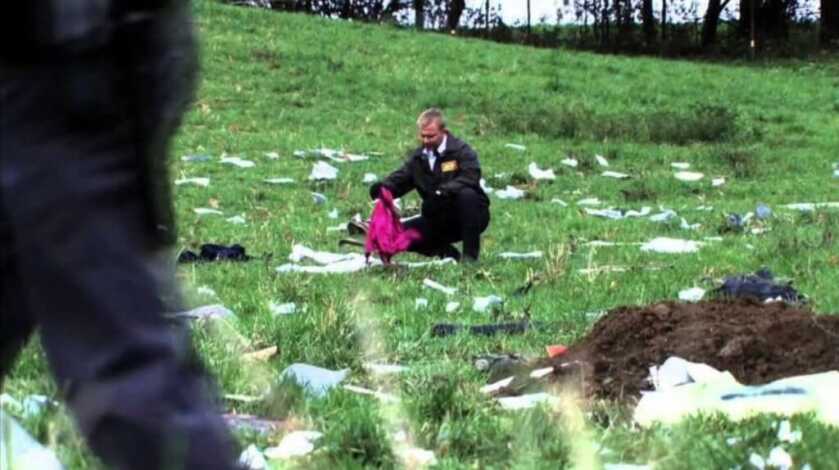
In the aftermath of the crash, policies were changed that mandated that airline employees be subjected to the same screening processes as regular passengers. There was also a federal law enacted that mandated seizure of airline credentials immediately upon an employee’s termination. All that stuff might make the less durable among us feel a little bit safer, but those in the know appreciate that such policies will only catch the stupid criminals. Your truly dedicated homicidal psychopaths like David Burke will always find a way.


Methinks Burke looks like Richard Pryor’s double.
Fortunately for him, he died before he could be charged with the hate crime of killing several dozen incident white people.
blue-bell (it):
Imagine that – a progressive, woke, libTARD like you frequenting enough pawnshops to have such an intimate knowledge of their inventory. Probably updating your ever growing collection of video games. I’d be willing to bet that they are most likely the violent type where you utilize “weapons of war” – real ones, not the commercially available rifles that you pontificate about on this site so frequently. Always knew you (it) were one of those 30yo antifa losers living rent free in mommy’s or granny’s basement playing video games, watching deviant porn and smoking weed. Everyone on here that reads your comments knows the type and I’d say their money would be on the accuracy of my profile.
Whoa, Willie! Coming in hot. I don’t play many video games especially not first person war games, I have never smoked weed, I don’t live with parents or grandparents, and my porn tastes are especially tame.
I do like antique firearms and do frequent pawn shops to keep an eye out for them. I have bought several neat old firearms in pawn shops – Savage 99s, a Remington 66, a couple Winchester model 12s, Savage 340s… I have picked up the odd item or two otherwise; probably the most unusual was a gold record.
Damn, Willy. Who peed in your Wheaties this morning?
Just scan some of the articles and read his comments. As “left” as they come based on damn near every last one that I’ve ever read. I’ll readily acknowledge mine was harsh based on his. This one anyway. Hard for me to read ANYTHING he posts and not see red based on his past liberal drivel.
Don’t try to blame that mall ninja, Bud K special glaive on Klingons. Their weapons might be highly impractical but… okay, maybe that does look like something a Klingon cosplayer might buy at a pawn shop. More like a Krull wannabe, though.
Seriously, every chain pawn shop has a stack of these ugly, mall ninja wannabe, impractical knives and nunchucks and junk swords. Who is pawning all this junk and what Mountain Dew soaked gamergaters are buying these from the pawn shops?